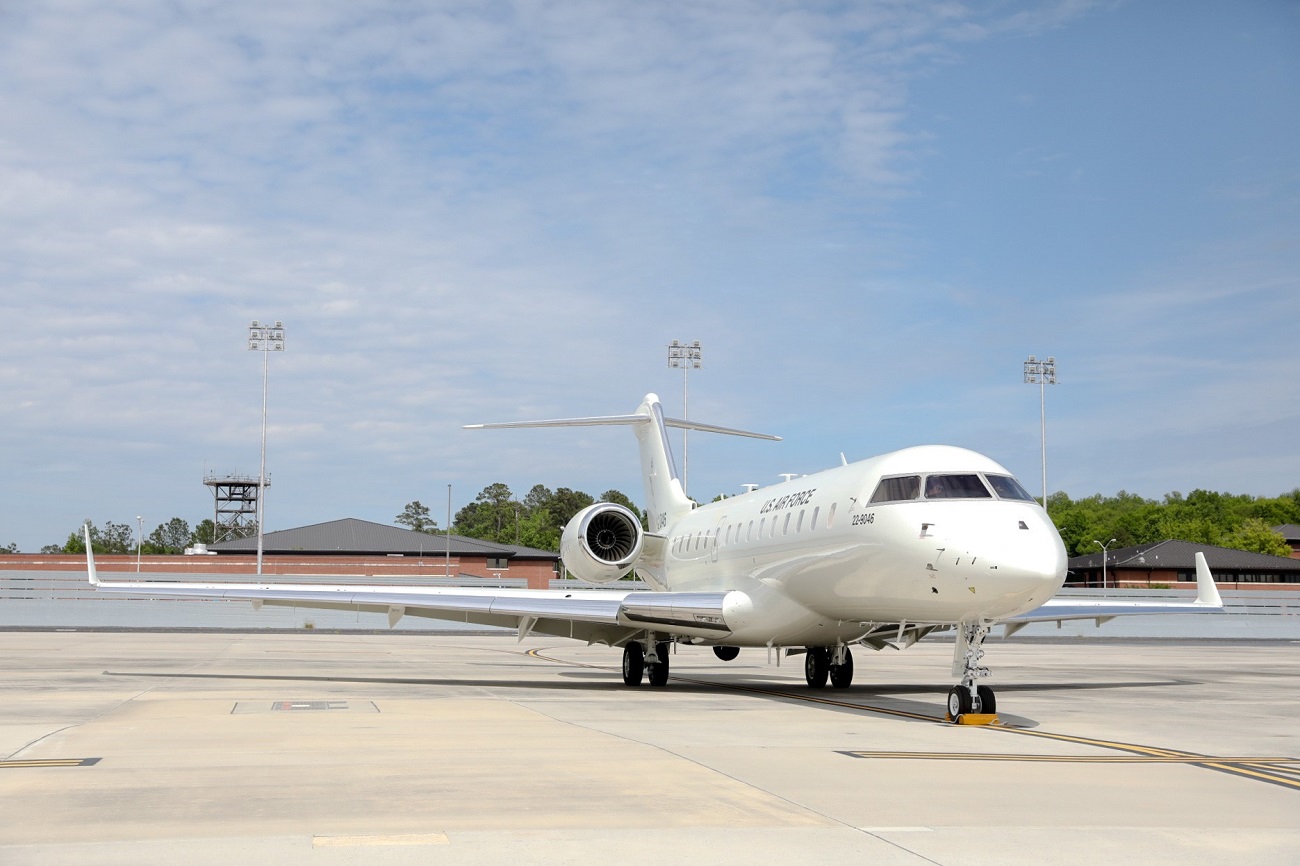Northrop Grumman Corporation was selected by the US Air Force for multiple awards to support the first Battlefield Airborne Communications Node (BACN) home station in the continental United States.Built on Northrop Grumman’s lineage in delivering end-to-end communications, networking solutions and proven experience keeping fleets flying across the globe, the awards include:
- Home station activation to establish the BACN ground and payload operations and support at Robins Air Force Base (AFB), Georgia.
- Training for Air Force personnel to operate the BACN payload and platform.
- Global sustainment and operations for technology-infused contract logistics support for worldwide deployment of both the platform and the BACN payload capabilities, including associated support equipment.
- Modernisation with Ka-Band SATCOM upgrades overseas which will enable new missions for the warfighter, enhance command and control beyond line-of- sight to nearly global coverage and provide highly resilient communications with increased bandwidth and quality of service.
Jenna Paukstis, vice president and general manager, networked information solutions, Northrop Grumman: “We view the activation of the BACN home station as a testament to the operational relevancy and strategic capability of our gateway technology. This is the next step in delivering persistent battlespace command and control for the US and its allies.”

The Battlefield Airborne Communications Node (BACN) E-11A provides a high-altitude, airborne communications gateway that translates and distributes voice and tactical data from disparate elements to enhance situational awareness, communications and coordination for joint warfighters operating across all domains. Most recently, Northrop Grumman delivered the first BACN E-11A to its new home at Robins AFB. Since the platform’s first deployment in 2008, Northrop Grumman delivered six BACN payloads and provided around-the-clock support to maintain readiness for BACN E-11A operations spanning more than 223,000 combat and non-combat flight hours. The BACN is a United States Air Force airborne communications relay and gateway system carried by the unmanned EQ-4B and the manned Bombardier E-11A aircraft. BACN enables real-time information flow across the battlespace between similar and dissimilar tactical data link and voice systems through relay, bridging, and data translation in line-of-sight and beyond-line-of-sight situations. Its ability to translate between dissimilar communications systems allows them to interoperate without modification.
BACN has been a controversial program within the DoD. This is caused by a number of issues including the personality clashes between the service people who conceived the project back in late 2004 and the traditional acquisition bureaucracy. This was particularly true between requirements developers at the former Air Force Command and Control Intelligence, Surveillance, Reconnaissance Center at Langley AFB, Virginia and their acquisition partners at the Electronic Systems Center (ESC) at Hanscom AFB, Massachusetts, part of Air Force Materiel Command. BACN divides military planners and acquisition bureaucrats on two main fronts. First, how will an “Airborne Network” evolve beyond the existing tactical data links on today’s platforms. Second, the BACN effort presupposes that the capability will initially be “outsourced” to commercial companies that will provide an “airborne network” as a service to the DOD for the foreseeable future.













